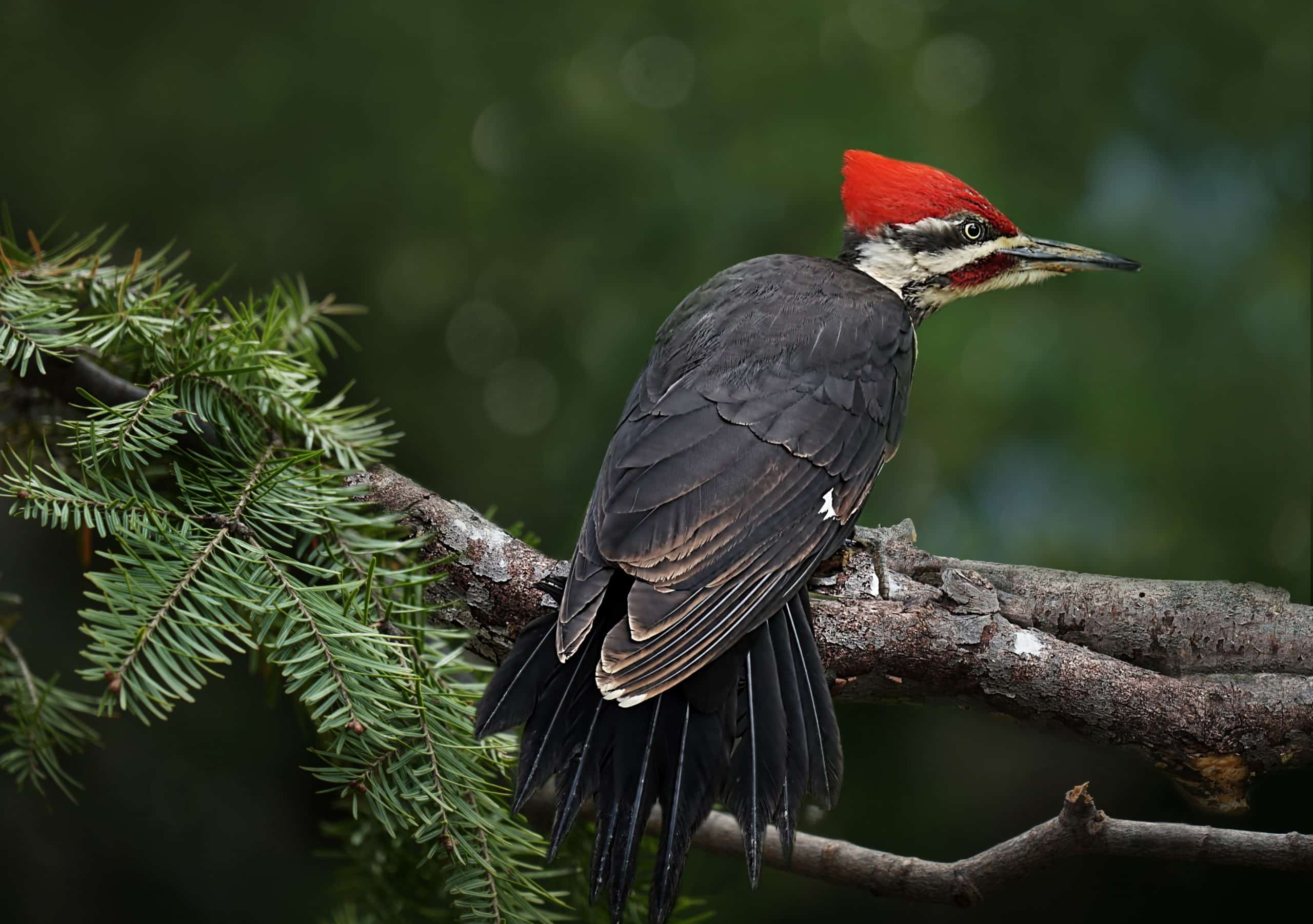Woodpeckers in Florida: Identification Tips and Environment Preferences
Woodpeckers in Florida: Identification Tips and Environment Preferences
Blog Article
Revealing the Keys of Woodpeckers: Actions, Environment, and Extra
Woodpeckers, with their special habits and specialized adjustments, have actually long attracted scientists and nature enthusiasts alike. These remarkable birds possess an array of intriguing keys that lost light on their survival approaches, habitat preferences, and detailed communication methods. By uncovering the mysteries bordering woodpeckers' habits and environment selections, a much deeper understanding of these bird marvels arises, supplying a look into their interesting globe. What makes these birds truly remarkable, and just how do they browse their atmosphere with such precision and skill? Let's discover the captivating realm of woodpeckers and untangle the enigmatic information that make them such intriguing topics of research study.
Woodpecker Actions Insights
In analyzing woodpecker actions, a remarkable display screen of specialized abilities and adjustments emerges, losing light on their impressive ecological niche. Woodpeckers, understood for their distinctive drumming on trees, have a variety of behavioral characteristics that contribute to their survival and success in their setting.
In addition, woodpeckers show an one-of-a-kind feeding behavior identified by their capacity to extract bugs from tree bark utilizing their specialized beaks. Their lengthy, barbed tongues help in catching victim, while their strong neck muscle mass provide stability and precision during pecking activities. This feeding strategy permits woodpeckers to accessibility covert insect larvae and extract them with impressive performance.
Environment Preferences and Option
What variables affect the habitat choices and choice of woodpeckers? One important element influencing woodpecker environment choice is the accessibility of ideal nesting sites. Woodpeckers typically like woodlands with a mix of fully grown trees that supply sufficient opportunities for tooth cavity excavation.
Furthermore, woodpeckers reveal a preference for habitats with an abundant supply of food resources. They are largely insectivorous, feeding on beetles, ants, larvae, and various other pests found in worn out wood or tree bark. Therefore, woodpeckers have a tendency to favor wooded locations with a diverse insect populace to satisfy their nutritional demands.
Moreover, the presence of dead or decaying trees is another crucial consider woodpecker environment selection. These trees not just offer food sources but also offer ideal substrate for cavity excavation. Dead trees are necessary for the maintenance of healthy view woodpecker populations, as they play a vital duty in the woodpeckers' life cycle and community characteristics.
Feeding Habits and Diet Plan Make-up
Woodpeckers show a specialized feeding behavior focused on foraging for insects within different environments. Their diet plan mainly contains bugs such as beetles, ants, caterpillars, and spiders, which they situate by touching on tree bark and paying attention for the sound of activity inside. Woodpeckers use their strong beaks to drill into the wood and their lengthy, barbed tongues to draw out victim from gaps. Along with bugs, woodpeckers also take in tree sap, fruits, nuts, and seeds, including range to their diet regimen relying on the period and schedule of food resources.
The foraging strategies of woodpeckers are well-adapted to their arboreal way of life. Woodpeckers play an important function in maintaining the health of forests by regulating insect populations and helping in the disintegration of timber.
Drumming Sounds and Communication
Utilizing fast drumming sounds on numerous surface areas, woodpeckers utilize a distinct kind of communication to signal territory borders and draw in companions. This drumming habits is not only a means of communication however also serves as a means for woodpeckers to develop their existence within a particular location. The intensity, speed, and pattern of the drumming can communicate crucial details to various other woodpeckers in the page area.
Woodpeckers make use of drumming audios to reveal their presence in an area and to warn off prospective trespassers. The loud and recurring nature of the drumming functions as a clear signal to various other woodpeckers that the location is already claimed. This aids in lowering problems and lessening physical confrontations between people.

Survival Adaptations and Specialized Anatomy

Conclusion
In verdict, woodpeckers display distinct behaviors, such as drumming noises for communication, and have actually specialized anatomy for survival in their selected environments. Their feeding practices and diet structure further show their versatility to various environments. By understanding these elements of woodpeckers, researchers and guardians can much better protect and preserve these remarkable birds and their communities.
Report this page